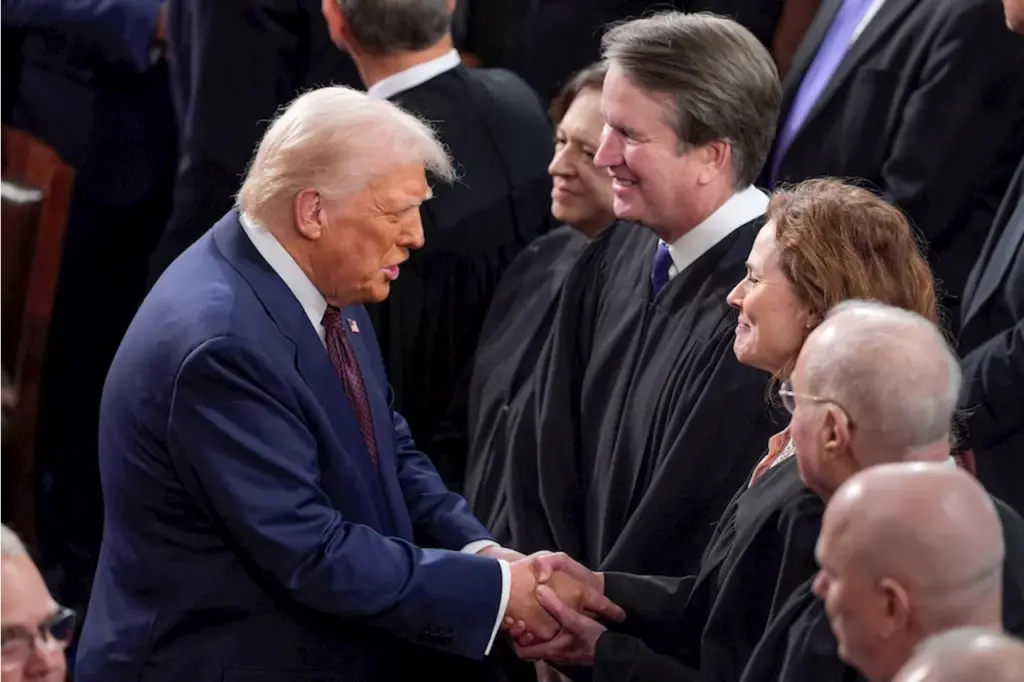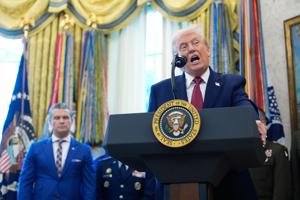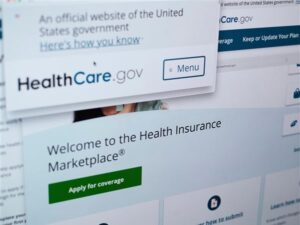
The U.S. Supreme Court is set to scrutinize President Donald Trump’s tariff policies, marking a significant shift from the administration’s previous success with emergency requests. As the Department of Justice prepares for this pivotal argument, it faces a potential end to its streak of favorable outcomes at the high court.
The justices will hear arguments on March 4, 2025, regarding the legality of tariffs imposed by Trump on a range of imports. This case follows a series of losses for the administration in federal district courts, which raises questions about the president’s authority under the International Emergency Economic Powers Act (IEEPA).
Since returning to office, the Trump administration has encountered considerable legal challenges. Despite this, it has largely succeeded in utilizing the Supreme Court’s emergency docket, winning at least 19 out of 22 petitions filed since January. These successes have covered various issues, including substantial workforce reductions and changes to immigration policy.
Solicitor General D. John Sauer last faced defeat on the emergency docket in May, when the court paused the deportation of Venezuelan nationals. Legal experts suggest that the administration’s previous success is partly due to its strategic selection of cases to present. According to Jonathan Adler, a professor at William & Mary Law School, the administration has only pursued a “small sliver” of cases, opting for those it believes it can win.
As the Supreme Court transitions from its emergency docket to the merits docket, the administration may no longer enjoy the same level of selectivity. Cases challenging Trump’s tariffs could lead to significant setbacks. The central issue in the upcoming arguments is whether Trump has the legal authority to levy tariffs under IEEPA, which does not explicitly mention tariffs.
Oliver Dunford, a senior lawyer with the Pacific Legal Foundation, highlights the absence of explicit tariff powers in IEEPA, arguing that the law allows for regulation of importation but does not confer tariff authority. “The statute doesn’t say tariffs,” Dunford remarked, raising concerns about the president’s legal basis for imposing these tariffs.
Legal analysts predict the administration is likely to face challenges in this case, particularly given the conservative justices’ adherence to textualism. Richard Pierce, a legal expert, anticipates that the administration’s arguments may struggle to persuade the court, stating, “He really has quite a bit of an uphill battle in persuading them that a statute that says nothing at all about tariffs confers on him the power to issue tariffs.”
While the tariff case appears to pose risks for the administration, it is believed that Trump’s chances may improve in subsequent cases. The next significant case involves the president’s authority to fire FTC commissioner Rebecca Slaughter, which has been elevated from the emergency docket. The administration argues it has the right to terminate agency heads without cause, a position the court has previously supported in emergency instances.
Should the Supreme Court choose to review the administration’s handling of birthright citizenship, it could face further obstacles. The Justice Department has requested a review of a ruling that struck down an executive order limiting citizenship to children of citizens or permanent residents. Given the administration’s track record of losses on this issue, the court’s decision could be critical.
This case initiates a series of legal battles for the Trump administration as it navigates a more conservative Supreme Court. Since Trump’s first term, the court has welcomed four new justices, altering the dynamics of its decisions.
As the legal landscape evolves, attention will be focused on the Supreme Court’s reasoning and rulings, particularly regarding the scope of presidential power in emergency situations. The upcoming arguments not only hold implications for Trump’s tariff policies but also set a precedent for how future administrations may exercise executive authority.







